FODMAPS
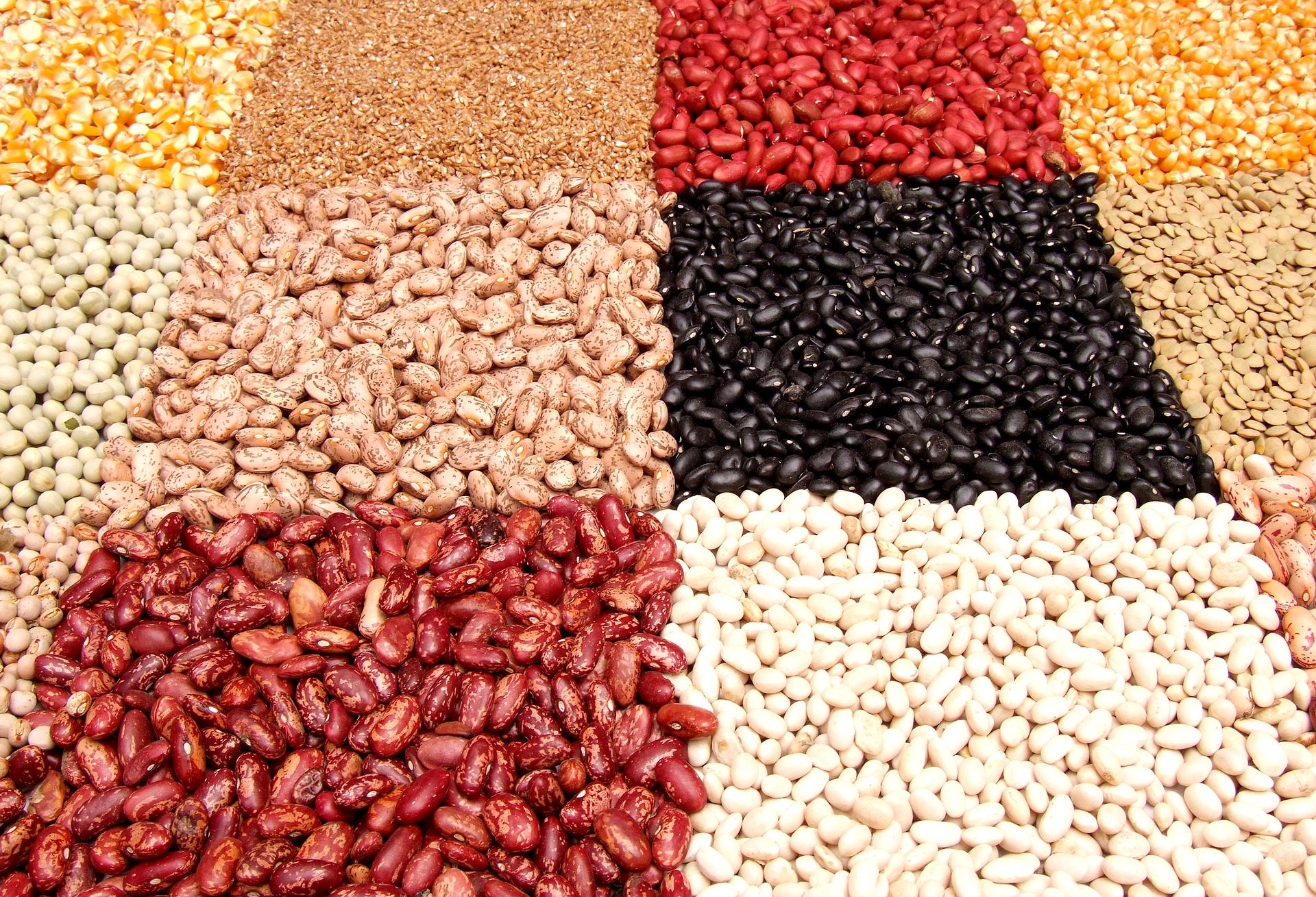



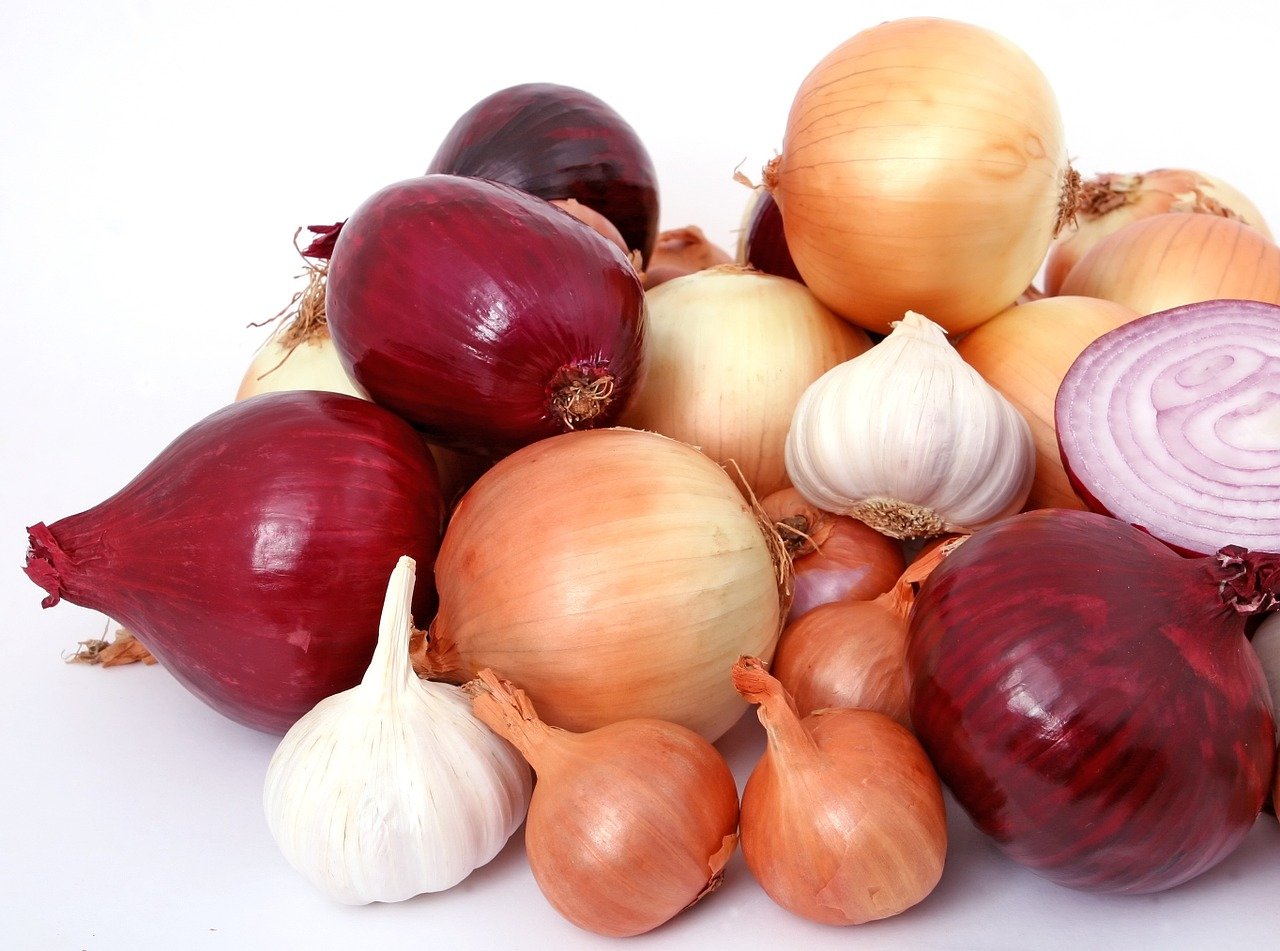
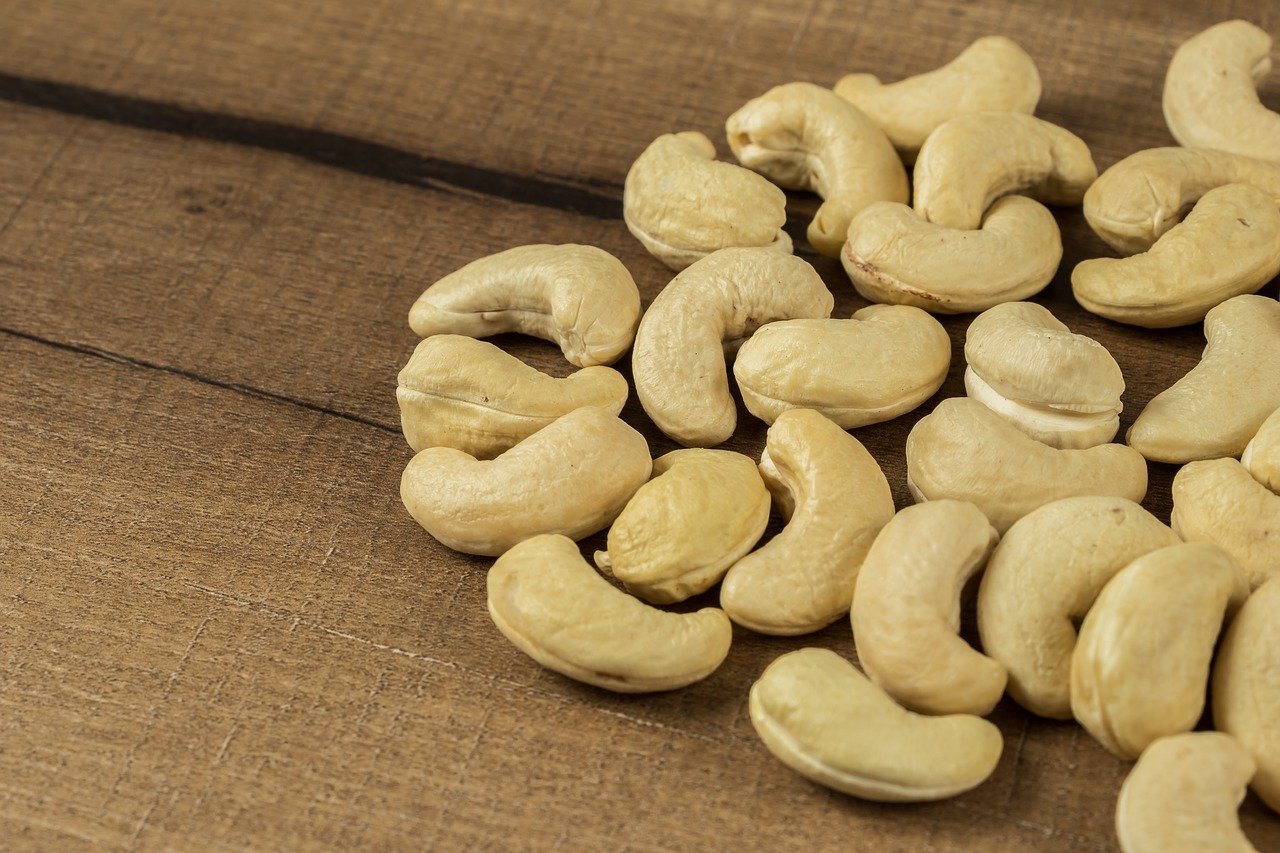

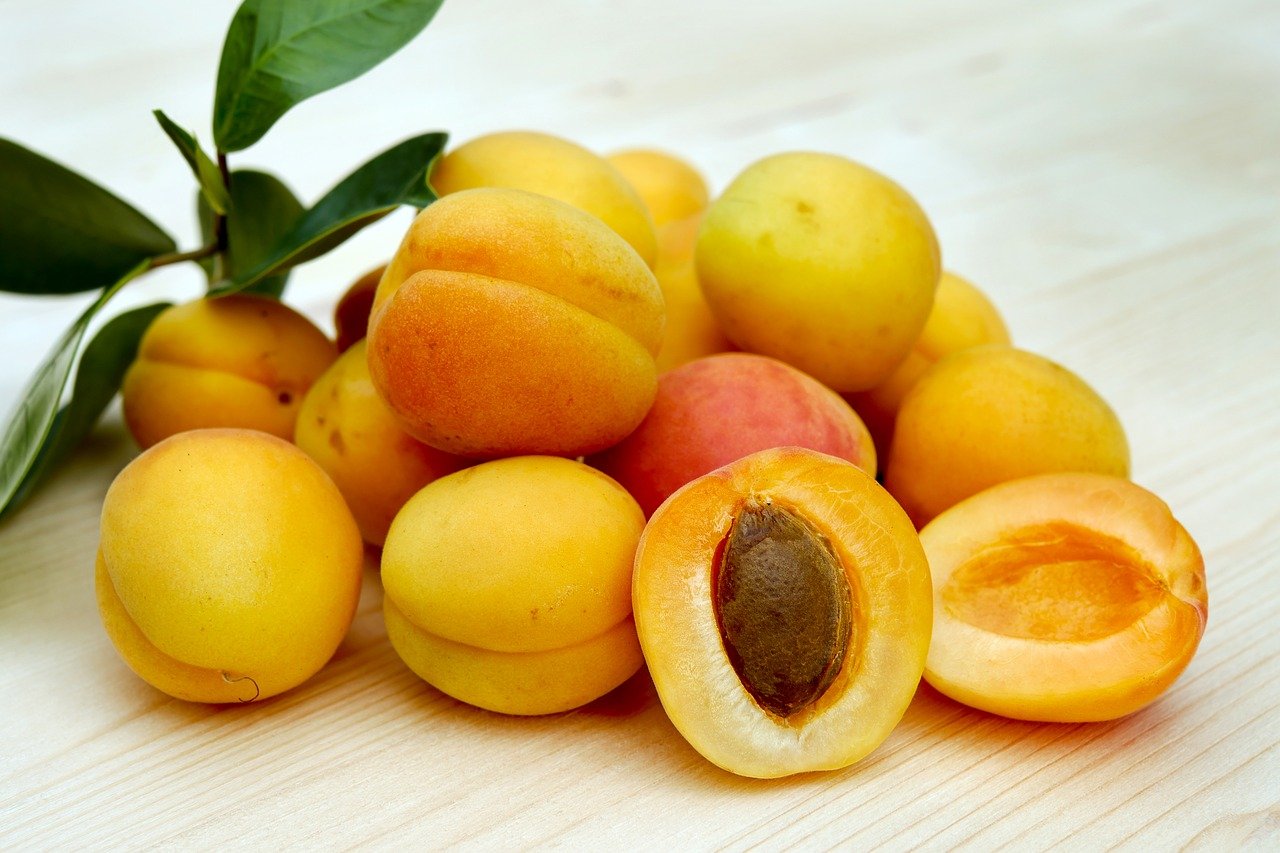
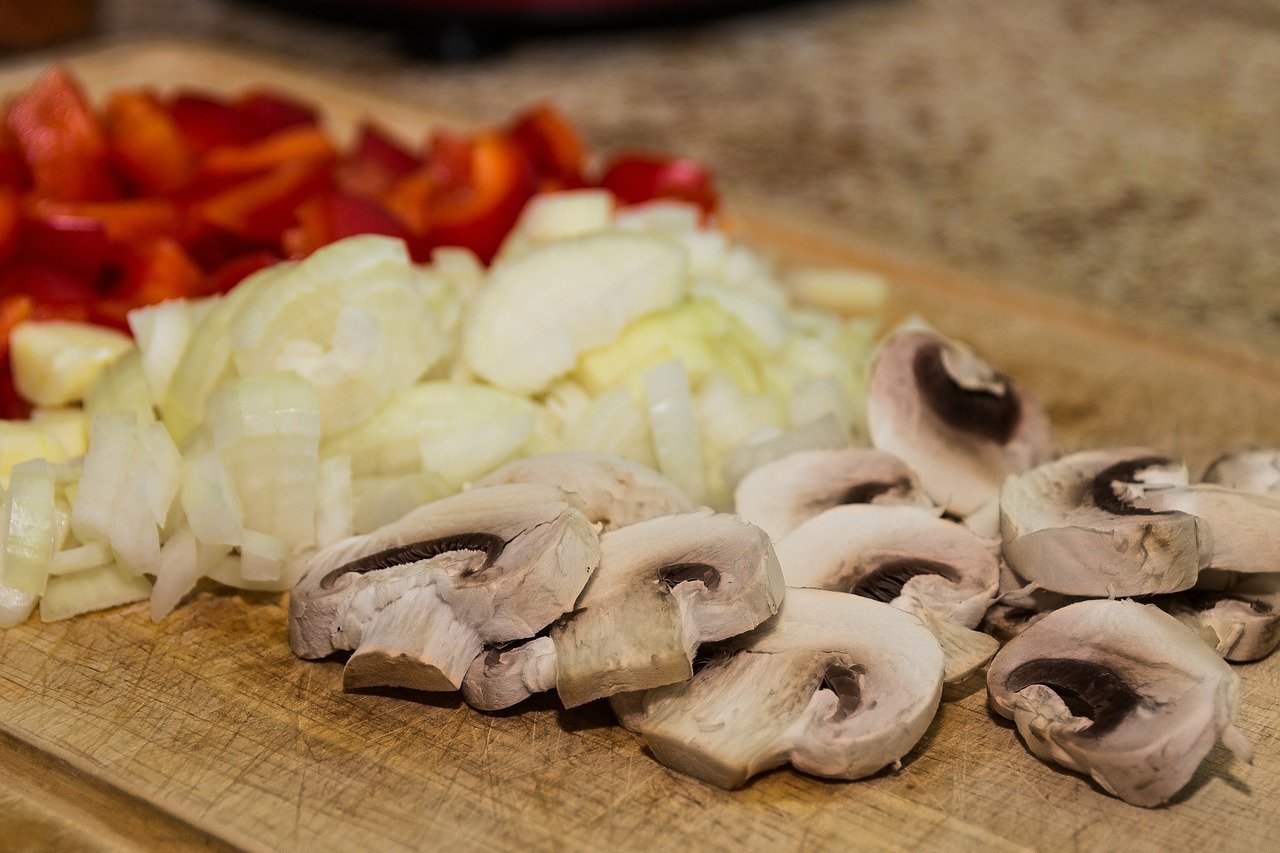

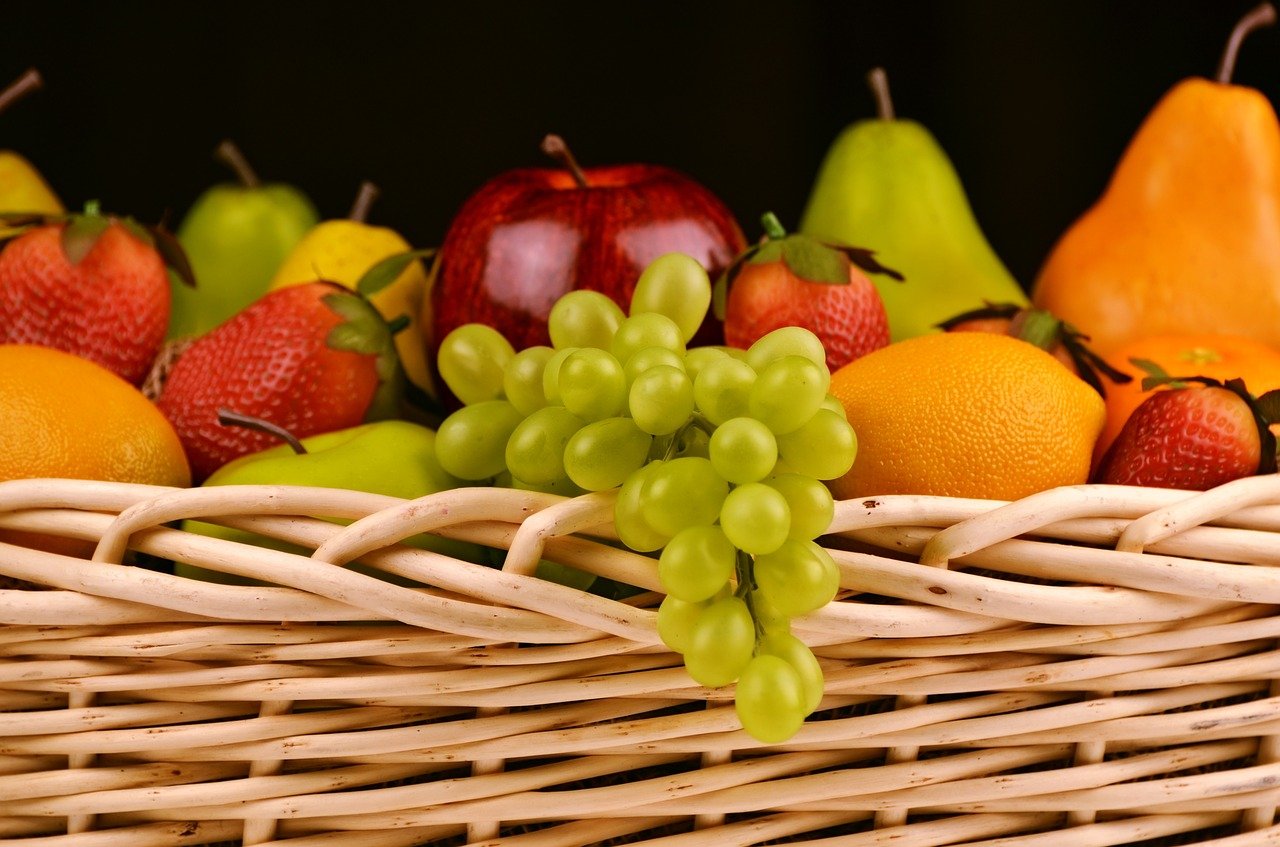
WHAT ARE FODMAPS?
“FODMAP” is the acronym for Fermentable Oligosaccharides, Disaccharides, Monosaccharides and Polyols, a group of short-chain carbohydrates and sugar alcohols (polyols) found in foods. FODMAP foods are hard to digest for some people. If you do not digest them the bacteria in your bowel will and produce excess gas.
People with digestive symptoms and parasite symptoms such as bloating and gas are often advised to reduce high FODMAP foods. Once you have completed a gut healing or parasite program you are then guided in the reintroduction of FODMAP foods.
FODMAPs are a normal part of the diet and have benefits for health, such as providing fibre and prebiotics for gastrointestinal health. Taking steps to work out which FODMAPs are beneficial and which are problematic for you may help relieve your digestive symptoms and be part of improving the health of your gut.
WHAT EFFECT DO FODMAPS HAVE IN THE DIGESTIVE SYSTEM?
Susceptible people can experience intestinal symptoms from ingestion of FODMAPs for a number of reasons.
- The carbohydrates are not well absorbed into the body and remain in the digestive tract for longer periods.
- FODMAPs draw water into the intestines, which can increase bowel motions and promote diarrhoea.
- These carbohydrates can be metabolised by the bacteria that normally reside in the bowel, producing gas, bloating and wind.
Your Guide to Reducing high FODMAPS
- Start with avoiding all fruit.
- Avoid all Legumes.
- Initially avoid cabbage, cauliflower, broccoli, brussel sprouts, garlic and onion.
- Strictly avoid wheat, rye and barley.
- Avoid all dairy.
- Avoid cashews.
Ideally low FODMAP programs should not be followed long term. Your practitioner will guide you in a gut health/parasite program once you have done this you can start to reintroduce FOPMAP foods.
Your Guide to FODMAP Reintroduction
- Start with adding cooked onion and garlic.
- Start with small amounts of broccolini.
- Start with small amounts of chickpeas, eg hummus.
- Start with the introduction of low FODMAP fruits.
- Introduce feta cheese and yoghurt and then hard cheese – cheddar.
- Introduce cashews.
- Gradually add more and more restricted foods as your gut symptoms allow.
FODMAP Foods
An awareness of FODMAP foods is important to ensure you are not consuming any FODMAPs in excess. However, you do not have to avoid all FODMAPs and this is not recommended. It is best to follow our guide to reduce high FODMAP and include other FODMAPs. Your practitioner will guide you in making individual adjustments to your plan according to your symptoms and reactions.
Fruits: Apples, apricots, avocados, blackberries, cherries, figs, lychee, pears, peaches, plums, prunes, mango, watermelon, tinned fruit, dried fruit, large serves of fruit, nectarines.
Sweeteners: honey, fructose, high fructose corn syrup, Sweeteners: sorbitol (420) , mannitol (421) xylitol (967) maltitol (965) isomalt (953)
Vegetables: Artichokes, asparagus, beetroot, brussel sprouts, broccoli, cabbage, cauliflower, celery, chicory, corn, fennel, garlic, leeks, mushrooms, onions, peas, snow peas and spring onion, sweet potato.
Low FODMAP Foods
| Fruit | Banana, blueberries, grapefruit, grapes, honeydew melon, kiwifruit, lemons, limes, mandarins, oranges, passionfruit, paw paw, pineapple, raspberries, rock melon, tomatoes. |
| Vegetables | Alfalfa, bamboo shoots, bean sprouts, bok choy, carrot, capsicum, choko, choy sum, eggplant, green beans, lettuce, chives, parsnip, potato, pumpkin, radish, silver beet, squash, zucchini. |
| Cereals | Gluten free products, spelt, corn, oats, polenta, quinoa, rice. (Gluten is not a FODMAP but commonly occurs with the FODMAP fructans) |
| Nuts | Less than one handful of macadamias, peanuts, pecans, pine nuts, pumpkin seeds, sesame seeds, sunflower seeds, walnuts. |
| Dairy | Lactose free milk and cheese, rice milk, brie, camembert, feta, cheddar. |
| Sweeteners | Sugar, glucose, maple syrup, golden syrup, stevia. |
| Protein | Beef, lamb, kangaroo, poultry, eggs, fish, tofu, tempeh. |
| Fats and Oils | Fats and oils are generally all low fodmaps |
Rachael Reed, balancing hormones, Naturally.
